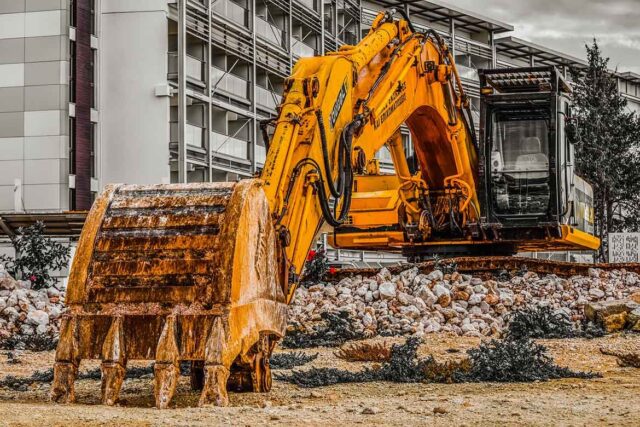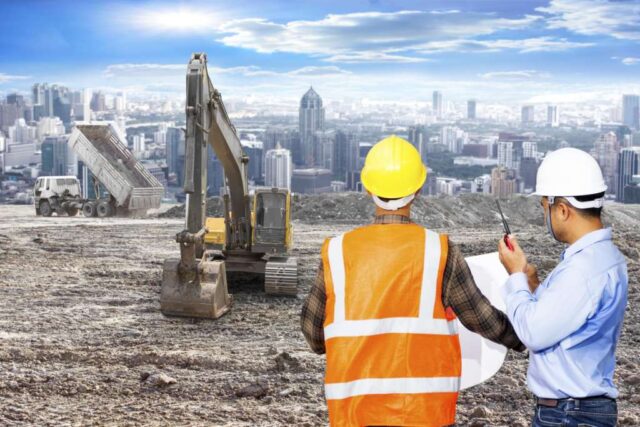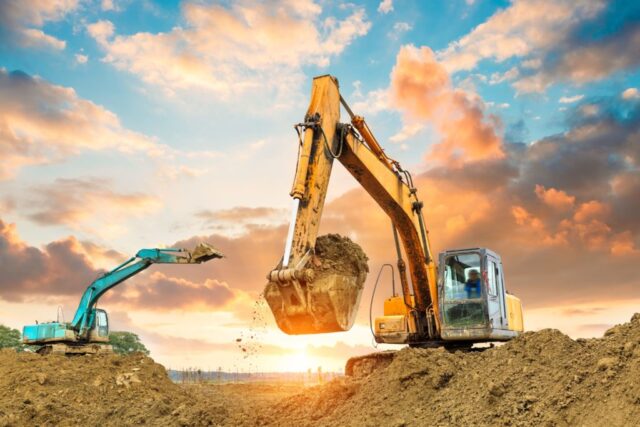Excavation failures can happen quickly, making it difficult for workers (and perhaps other surrounding people) to flee, especially if the collapse is widespread. The risk involved with this operation is increased by the pace at which an excavation collapses. The repercussions are severe since any human in the path of the falling soil could be buried or crushed, leading to internal injuries or death from suffocation.
This rule applies to employees, upstream PCBUs, competent individuals engaged in excavation work, and anyone managing a business or enterprise (PCBUs). The Health and Safety at Work Act of 2015 (HSWA) and all applicable regulations, such as the Health and Safety in Employment Regulations of 1995 (the HSE Regulations) and the Health and Safety at Work (General Risk and Workplace Management) Regulations of 2016, must be followed by all work that involves excavation gold coast (the GRWM Regulations).
Shafts connected to mining activities and tunneling operations are exempt from this guideline since they are governed by the Health and Safety at Work (Mining Operations and Quarrying Operations) Regulations 2016. (the MOQO Regulations).
A Guide To Excavation Work

Excavation work is any task that involves removing soil or rock from a location to create an open face, pit, or cavity while employing equipment, explosives, or both. Excavation work can happen everywhere, including on building sites, commercial buildings, and public spaces. Among the excavation work are: uncovered excavations, potholing, pits, trenches, retaining walls, shafts, and drives.
Excavation Safety and Standards
Excavation Safety is a standardized set of safety measures for trenching and excavation designed to eliminate dangers and manage risks while still adhering to laws. Trenching and Excavation Safety is another name, according to the U.S. Occupational Safety and Health Administration (OSHA).
OSHA excavation standards outline the conditions for trenching and excavation, including safety precautions. Title 29 (Labor) Part 1926 (Safety and Health Regulations for Construction) Subpart P (Excavations), or 29 CFR 1926 subpart P, contains the specific OSHA standards for excavations and backfilling.
Preventive Measures During Excavation Work

The Regulations recommend appropriate safety measures must be adopted to:
- Protect people at work against the risk of a fall or the dislodging of earth, rock, or other material by using proper shoring or other measures.
- Protect from hazards such as falling objects, materials, or water rushing into an excavation, shaft, earthwork, or tunnel.
- Ensure appropriate ventilation at every site to maintain a breathing-friendly environment and keep any fumes, gasses, vapors, dust, or contaminants to levels that are not harmful to health.
- Ensure that employees can escape a dangerous situation, such as a fire or an onslaught of water or materials.
- By conducting the necessary research to find them before excavation begins, one can reduce the risk to people at work caused by potential underground risks such as underground cables, the movement of fluids, or availability of gas.
- Ensure that each excavation has a safe exit and entrance.
Before beginning excavation work, contractors are required under the Safety, Health and Welfare at Work Act of 2005 to do a risk analysis. To safeguard workers and those impacted by the activities, a safe work system must be determined, control mechanisms must be determined, and likely risks need to be identified. The chosen control measures can include shoring (support for the excavation), battering (sloping the excavation), or any appropriate methods.
Do All Excavations Require Fencing?
Unless fencing is established to allow access for people or equipment, Regulation 55 of the Construction Regulations mandates that any accessible section of an excavation close to where people are working and where people could fall be either gated or securely covered.
Ways Employers Safeguard People From Inside Excavations?

Before employees enter the site deeper than 4 feet (1.22 meters), where a shortage of oxygen or a dangerous environment is present such as in landfill regions or digging in areas where dangerous materials are stored, atmospheric testing is necessary. The employer is responsible for ensuring that the necessary safety measures are implemented to protect employees from hazardous situations. These safety measures comprise giving employees the appropriate breathing protection.
Additionally, testing should be done at regular intervals to make sure the environment is safe when controls are employed to lower the level of atmospheric contaminants to a minimum. The management should make sure that emergency rescue tools, such as breathing apparatus, a safety harness, and line, or a basket stretcher, are always on hand in case hazardous air conditions present or can arise at the site.
Note: The Confined Spaces in Construction standard (29 CFR Part 1926, Subpart A.A.) by OSHA (which addresses hazardous atmospheres in excavations) also applies to non-excavation operations performed in confined spaces part of the digging. These procedures are meant to work in tandem with one another and address separate dangers: the dangerous environments and the added dangers of limited spaces seen in excavations. For instance, access into a prefabricated storm drain, another pipe, or a manhole is covered by the Confined Spaces in Construction standard.
Employers’ Responsibility To Protect Workers From Water-Related Excavation Hazards
Water in the excavation has the potential to weaken its walls and becomes challenging for the staff to exit. According to OSHA regulations, employers are not permitted to allow employees to visit the site where there is water unless sufficient safety measures are made to safeguard people. Such safety measures include using a safety harness and lifeline, or outstanding support systems to prevent cave-ins.
A skilled person must oversee the machines and regular functions whenever an employer utilizes equipment to regulate or prevent accumulation. The OSHA requirements also mandate the use of diversion ditches, dikes, or other appropriate measures for preventing water from entering the site and to ensure a proper drainage system of the surrounding area if excavation activity interferes with the natural drainage of surface water.
Conclusion
It is important to follow safe digging techniques and proper inspection to avoid damaging subsurface utilities and nearby structures that may jeopardize the stability of the excavation. Give people a secure way to enter and exit. Avoid collapsing by using the coastline, bench, or batter back. The ground will not support itself. Use barriers that are sturdy enough not to collapse if someone falls against them to stop persons and materials from falling in.





